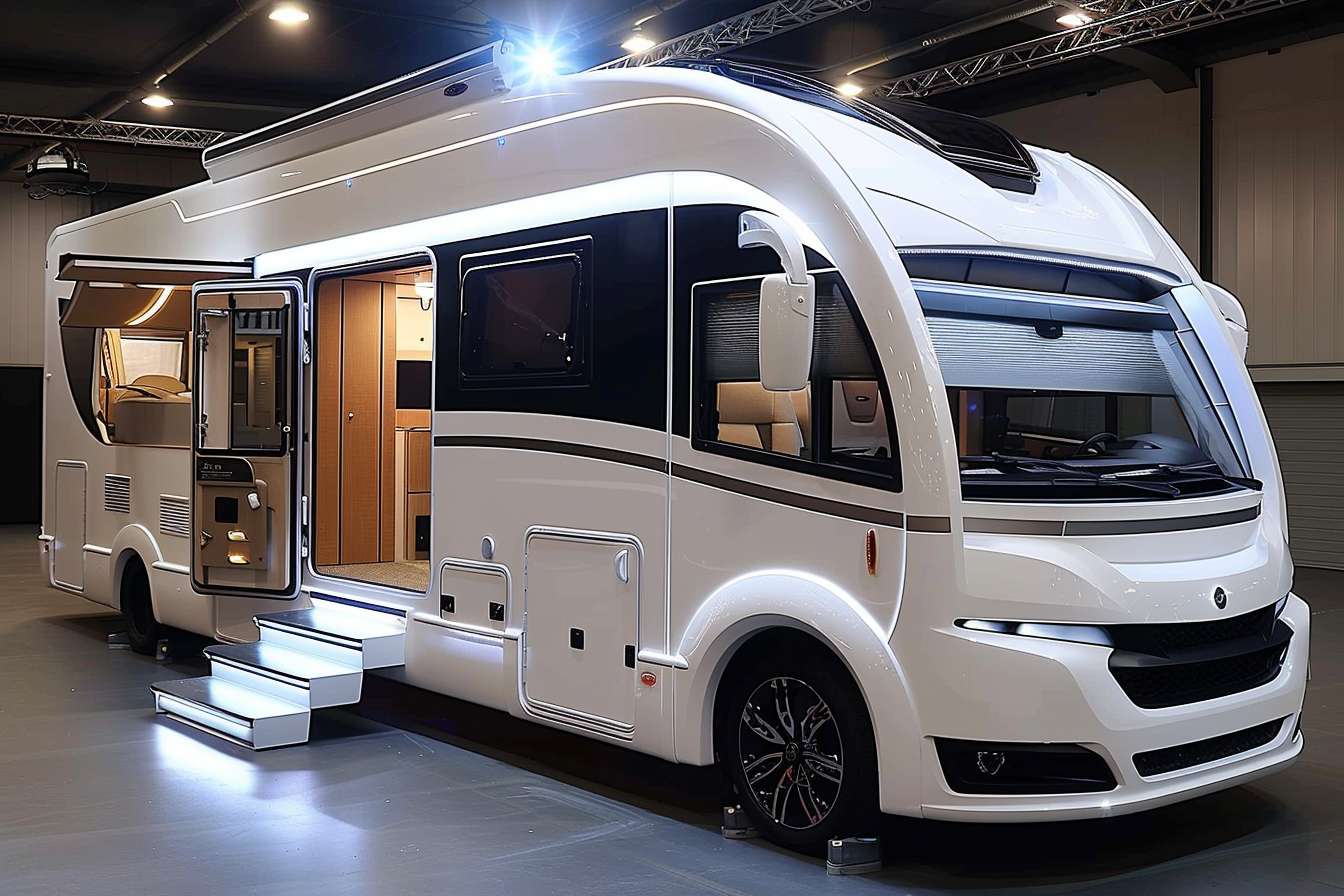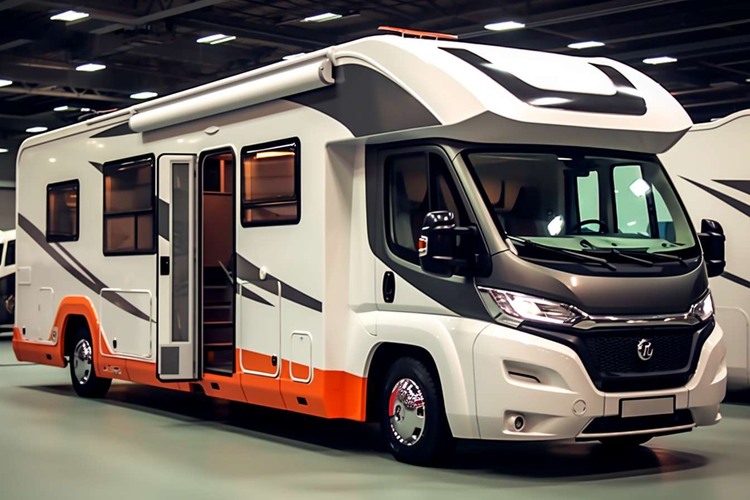Understanding Zero Down Payment Car Lease: A Complete Guide
Zero down payment car leases offer an enticing path to driving a new vehicle without the substantial upfront costs traditionally associated with leasing. While these arrangements minimize initial expenses, they come with specific considerations regarding monthly payments, approval requirements, and potential financial implications that every prospective lessee should understand before signing on the dotted line.

A zero down payment car lease allows you to drive away in a new vehicle without making any initial cash payment at signing. This option has become increasingly popular among consumers looking to minimize upfront expenses while still enjoying the benefits of driving a new car. While attractive on the surface, zero down leases involve various financial considerations that deserve careful examination before committing to such an arrangement.
What Are Zero Down Payment Used Car Leases?
While most people associate leasing with new vehicles, zero down payment options are also available for used cars. These arrangements allow you to lease a pre-owned vehicle without making an initial cash payment. Used car leases typically involve certified pre-owned vehicles that have undergone thorough inspections and still carry manufacturer warranties. The primary advantage is lower monthly payments compared to new car leases, as used vehicles have already experienced their steepest depreciation.
However, used car leases with zero down payment can be more difficult to find. Dealers may be more hesitant to offer such terms on pre-owned vehicles due to the unpredictable depreciation rates and potential maintenance issues. When available, these leases often require stronger credit profiles to compensate for the absence of an initial payment that would otherwise offset some of the lessor’s risk.
How Do Zero Down Car Leases Compare?
Compared to traditional leases requiring down payments, zero down options result in higher monthly payments. This occurs because the down payment in a traditional lease serves to reduce the total amount financed over the lease term. Without this initial payment, the entire capitalized cost (minus the residual value) must be spread across your monthly payments.
For example, a car with a $30,000 capitalized cost and a $15,000 residual value after three years would normally require financing $15,000 over the lease term. With a $3,000 down payment, you would finance $12,000. Without that down payment, your monthly payments must cover the entire $15,000, resulting in approximately $83 more per month on a 36-month lease.
Additionally, zero down leases often carry slightly higher money factors (lease equivalent of interest rates) to compensate for the increased risk to the lessor. This further increases the monthly payment compared to leases with substantial down payments.
What Are Common Requirements for Approval?
Zero down payment car leases typically require stronger credit profiles than traditional leases. Most lessors look for credit scores of 700 or higher for zero down arrangements, though some may consider scores in the mid-600s with compensating factors like substantial income or minimal debt.
Income verification is particularly important for zero down leases. Lessors typically want to see a debt-to-income ratio below 40%, meaning your total monthly debt obligations (including the new lease payment) should not exceed 40% of your gross monthly income. Stable employment history, typically two years or more with the same employer, further strengthens your application.
Prior leasing or auto loan history also plays a significant role in approval decisions. A clean payment history on previous vehicle financing demonstrates reliability and increases your chances of approval for a zero down lease arrangement.
How Can Buyers Minimize Risks?
One of the primary risks of zero down leases is being “upside down” – owing more than the vehicle’s value – especially in the early months of the lease. This becomes problematic if the car is totaled or stolen, as insurance typically covers only the vehicle’s current value, not your remaining lease obligation.
Gap insurance provides essential protection in zero down leases by covering the difference between what you owe on the lease and what the car is worth in case of total loss. Many leases include gap coverage, but you should explicitly confirm this before signing.
Thoroughly understanding lease terms is crucial for risk mitigation. Pay special attention to the mileage allowance (typically 10,000-15,000 miles annually), excess wear-and-tear provisions, and early termination fees. Exceeding mileage limits can result in substantial charges at lease-end, often ranging from $0.15 to $0.30 per excess mile.
Real-World Cost Comparison of Zero Down Leases
To understand the financial implications of zero down leases, consider this comparison of actual lease options for a popular midsize sedan:
| Lease Structure | Monthly Payment | Total 36-Month Cost | |—————–|—————–|———————| | Zero Down | $399 | $14,364 | | $2,000 Down | $345 | $14,420 | | $4,000 Down | $289 | $14,404 | —
Prices, rates, or cost estimates mentioned in this article are based on the latest available information but may change over time. Independent research is advised before making financial decisions.
Notice that while the zero down option has the highest monthly payment, the total cost over the lease term is actually slightly lower in this example. This illustrates that putting money down doesn’t always save money long-term – it primarily serves to reduce monthly payments and may provide peace of mind by reducing the period you’re “upside down” on the lease.
Understanding Hidden Costs and Fees
While zero down leases advertise no down payment, they rarely mean zero cash at signing. Various fees typically remain due at lease inception, including the first month’s payment, documentation fees, title and registration fees, and potentially acquisition fees. These can total $1,000-$2,000 even in a “zero down” arrangement.
Some dealers offer to roll these fees into the monthly payments, creating a true “sign and drive” lease with literally no money due at signing. However, this further increases monthly payments and total lease costs.
Be aware of potential end-of-lease charges as well. Excess mileage fees, wear-and-tear charges beyond what’s considered “normal,” and disposition fees (typically $300-$500) for returning the vehicle can add significant costs at lease-end if you’re not careful throughout the lease term.
Zero down payment car leases offer an accessible way to drive a new or certified pre-owned vehicle with minimal initial investment. However, they require careful consideration of the higher monthly payments, stronger credit requirements, and potential risks involved. By understanding these factors and protecting yourself with appropriate insurance coverage, you can determine whether this leasing option aligns with your financial situation and transportation needs.




